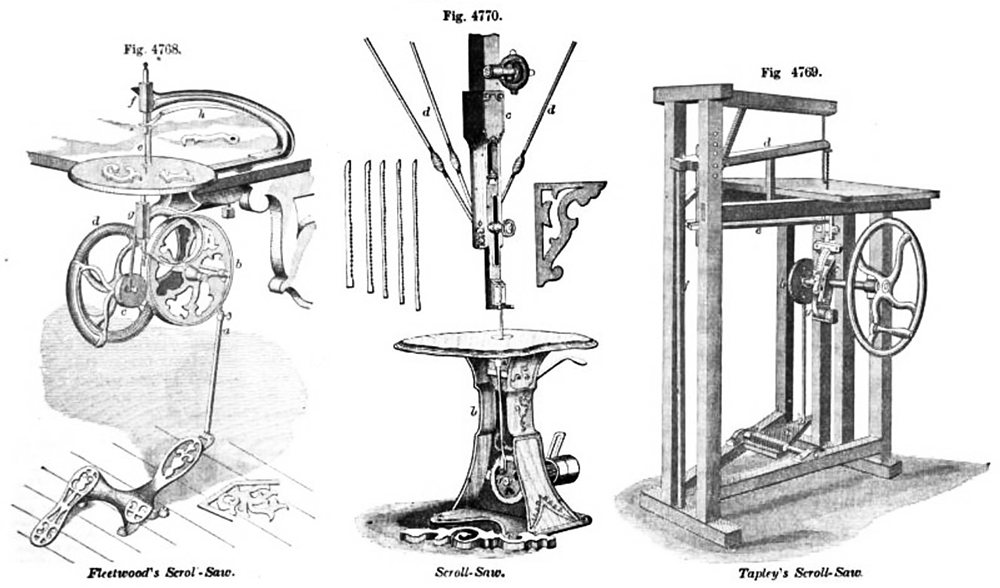The History of Puzzles: The Beginning, 18th Century
Jigsaw puzzles have a rich history that dates to the 18th century. The earliest known jigsaw puzzle was created in 1760 by John Spilsbury, who was a London cartographer and engraver. Spilsbury mounted a map of the world

on a sheet of wood and then cut it into small pieces using a jigsaw, a tool commonly used by cabinet makers at the time. This first jigsaw puzzle was intended as an educational tool for children, and it quickly became popular among educators and parents.

The puzzle pieces were originally cut by hand, making each puzzle unique and expensive. However, as the popularity of puzzles grew, new production methods were developed that allowed them to be mass-produced. This brought down the cost of puzzles, making them more accessible to a wider audience.
The 19th-Century History of Puzzles
During the 19th century, jigsaw puzzles evolved and became more complex, with more pieces and more intricate designs. They were also made from a variety of materials such as wood, cardboard, and metal. The puzzle industry boomed during this time, with new companies and factories popping up to meet the demand for puzzles.
The 20th-Century History of Puzzles
In the early 20th century, jigsaw puzzles continued to be a popular pastime, but they also faced competition from other forms of entertainment such as television and video games. The Great Depression of the 1930s saw a surge in the popularity of jigsaw puzzles as people looked for inexpensive ways to entertain themselves. During World War II, paper and wood were rationed, which limited the production of jigsaw puzzles. However, this shortage led to the creation of new types of puzzles, such as plastic and metal puzzles.
During the post-war period, jigsaw puzzles continued to be a popular pastime, but the advent of television and video games led to a decline in their popularity. However, in recent years, there has been a resurgence of interest in jigsaw puzzles, with many people finding them to be a relaxing and satisfying way to pass the time.
Present-Day History of Jigsaw Puzzles
Today, jigsaw puzzles come in a wide variety of designs and styles, from simple children's puzzles to highly detailed and challenging adult puzzles. They are enjoyed by people of all ages and continue to be a popular and enduring form of entertainment. The puzzle industry has also grown to include a wide range of products, including 3D puzzles, jigsaw puzzles with many pieces, and even puzzles that glow in the dark.
Jigsaw puzzles are not just a form of entertainment, but also a great way to improve cognitive skills, such as problem-solving, spatial reasoning, and memory. Studies have shown that working on jigsaw puzzles can help improve cognitive function in older adults and can also help reduce stress and anxiety.
Puzzle-making has also been used as a therapeutic tool in rehabilitation centers and as a team-building exercise in corporate environments. Puzzle-making can be a great way to bring people together and promote teamwork and collaboration.
Jigsaw puzzles have a long and fascinating history that dates to the 18th century. They have evolved from simple educational tools to highly detailed and challenging adult puzzles. Jigsaw puzzles have remained popular over the centuries and continue to be a popular and enduring form of entertainment. They are not only a fun pastime but also have cognitive benefits and can be used as a therapeutic tool.


